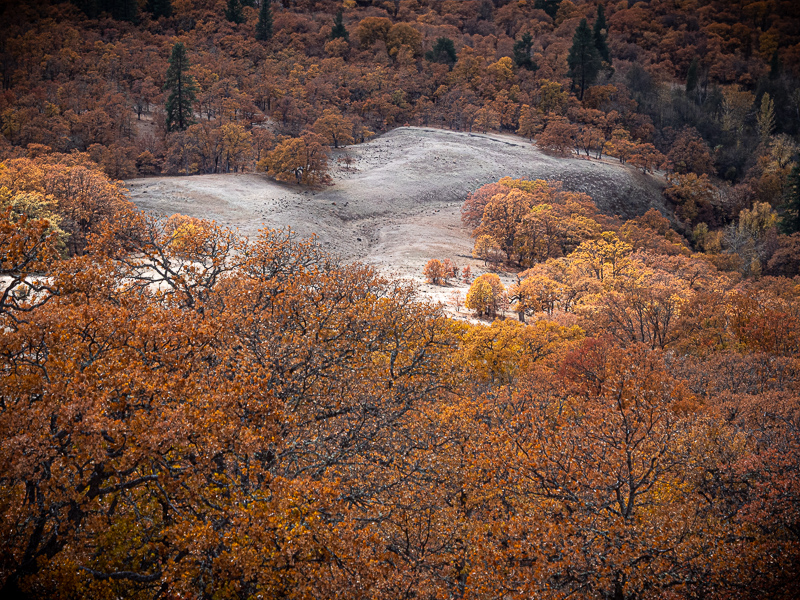Every Picture Is a Compromise
Lessons from the Also-rans
Most photography websites show the photographer's very best work. Wonderful. But that's not the full story of a creative life. If we want to learn, we'd better pay attention to the images that aren't "greatest hits" and see what lessons they have to offer. Every picture is a compromise — the sum of its parts, optical, technical, visual, emotional, and even cosmic – well, maybe not cosmic, but sometimes spiritual. Success on all fronts is rare. It's ok to learn from those that are not our best.
This is a series about my also-rans, some of which I've been able to improve at bit (i.e., "best effort"), none of which I would consider my best. With each there are lessons worth sharing, so I will.

Previous image | Next image |
Original digital capture

Composition via Isolation
Many photographers think geometrically about composition — for example, rule of thirds or leading lines. One of the most powerful compositional ideas is isolation. A common strategy is to use light to isolate a portion of the image against a background. Sometimes this is known as "layering." This week includes examples of this powerful compositional tool.
What I saw that I liked:
Don't you just love it when the sun shines directly on that patch of landscape you want illuminated?
What I don't like in the picture:
The capture above is OK, but feels a bit flat to me.
What I learned:
Adding a little pop to the orange leaves and then darkening the corners with a touch of vignetting increases the isolation of the rock in this forest of hardwoods. Isolation doesn't always mean layering as per the last couple of examples. Here, the isolation is accomplished by surrounding the subject to isolate it both in tone and in color. |
|


